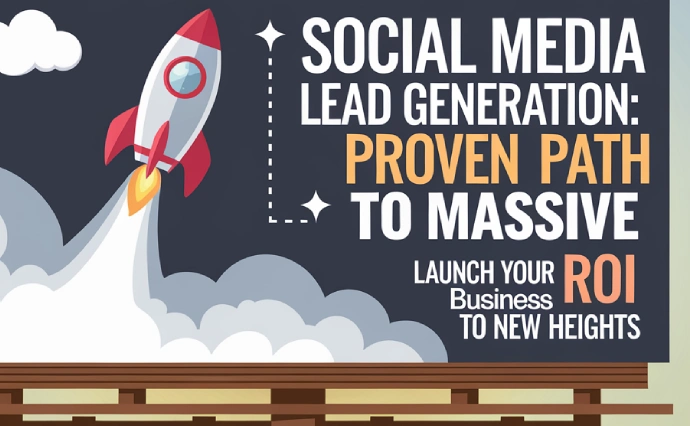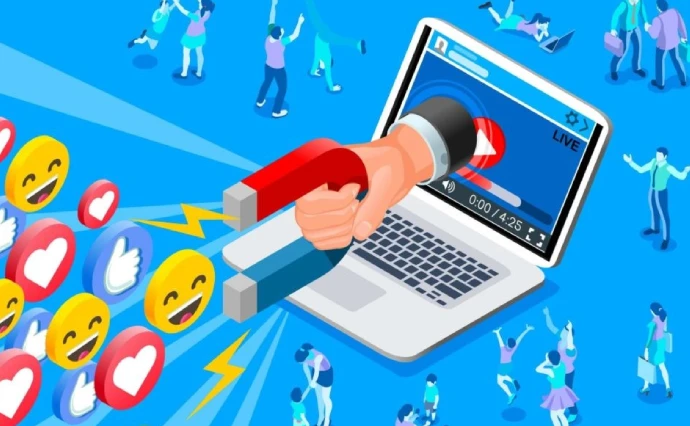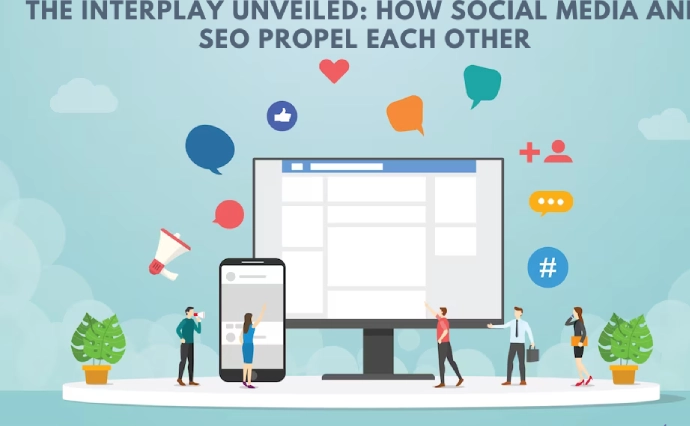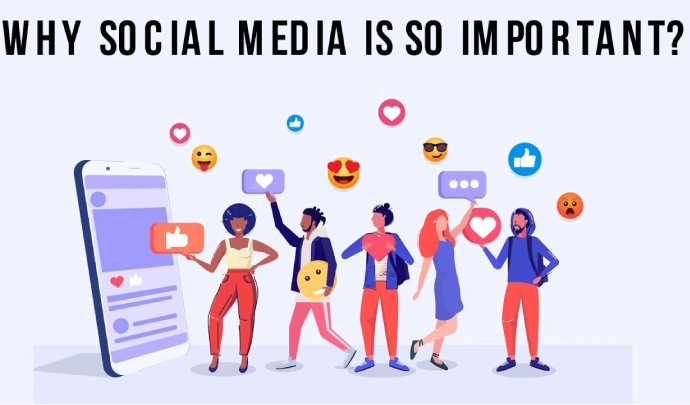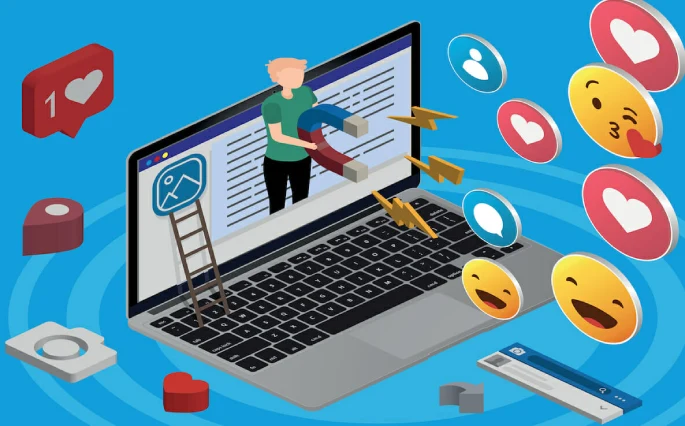Social Media Post Ideas: Boosting Engagement & Creativity
Social media has become a fantastic platform for sharing ideas, connecting with people, and growing a following. One of the most important factors to stand out on social media is coming up with unique and engaging social media post ideas. In this article, we’ll explore effective and creative ideas to keep your social media fresh and your followers engaged.
Why Social Media Post Ideas Matter
In today’s digital age, millions of posts are shared every day. Standing out can be challenging, but with the right social media post ideas, you can capture attention and build strong connections. Let’s dive into some engaging social media post ideas that will help you create memorable content, boost engagement, and grow your online presence.
Types of Social Media Post Ideas
When creating social media posts, it’s helpful to have a variety of ideas to choose from. Here are some popular types of social media post ideas to inspire you.
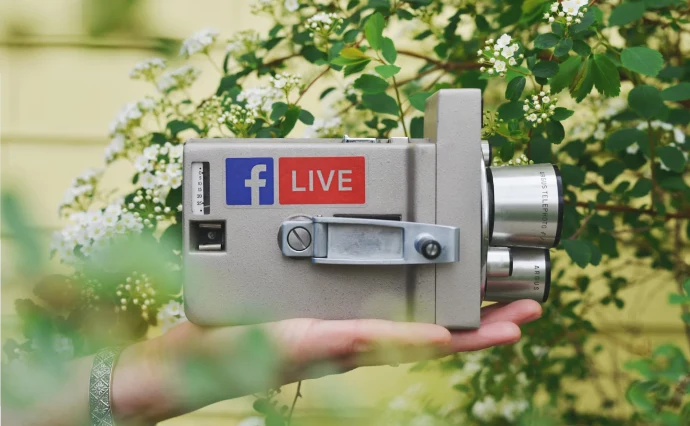
Behind the Scenes Social Media Post Ideas
People love to see the “real” you, beyond the polished and edited version. Behind, the, scenes posts are a great way to show the true side of your brand or personality.
Benefits of Behind the Scenes Posts
Behind, the, scenes posts are authentic and build trust. When people see the effort, the people, or the setting behind your work, they feel closer to your brand. It’s a simple yet powerful way to humanize your social media presence.
Using Questions as Social Media Post Ideas
Engaging questions can turn passive followers into active participants. Asking questions encourages followers to comment and share their opinions, leading to higher engagement on your posts.
Examples of Engaging Questions
“What is one thing you cannot live without?”
“If you could have any superpower, what would it be?”
“What’s the best movie you’ve watched recently?”
By asking questions, you make your followers feel valued, and this can lead to meaningful conversations in the comments section.
Educational Social Media Post Ideas
Sharing educational content can make your social media profile more valuable to followers. Whether you’re sharing facts, tips, or tutorials, educational posts give your followers useful information.
Types of Educational Posts
Consider sharing simple “how, to” guides, quick facts, or tips related to your niche. For example, if you run a cooking page, share cooking hacks or recipes. Educational posts establish you as a knowledgeable source, making followers more likely to engage and share your content.
Inspirational Social Media Post Ideas
Inspirational posts, like quotes or stories, have the power to uplift and motivate. They often resonate with followers and can inspire them to share the post with others.
Finding the Right Inspiration
Choose quotes or stories that align with your values or the message you want to spread. Inspirational posts work well because they create positive emotions and make people feel good about engaging with your content.
Interactive Social Media Post Ideas
Creating posts that invite followers to participate directly is a great way to encourage interaction. Polls, quizzes, and challenges are popular interactive post ideas that are easy and fun for followers to engage with.
Polls and Quizzes for Engagement
They give followers a voice and help you learn more about their preferences. For example, a poll like “Which social media platform do you use most?” invites quick participation. Quizzes add an element of fun, making followers curious to find out their results.
Holiday and Special Event Social Media Post Ideas
Marking special days, whether it’s a holiday, awareness day, or a milestone, can make your posts feel relevant and timely. By creating content around special events, you show that your profile is active and aware of current trends.
How to Incorporate Special Events
Create posts for holidays, such as New Year’s Day or Valentine’s Day, and acknowledge trending events relevant to your audience. These posts also have a higher chance of being shared, especially if people are already discussing the event online.
Sharing Personal Stories as Social Media Post Ideas
Personal stories can make a big impact. Sharing a story, whether it’s a challenge you overcame or a goal you achieved, gives followers a glimpse into your life and shows your authentic side.
Why Personal Stories Matter
Personal stories help create a strong emotional connection. When followers see a relatable story, they’re more likely to engage. It’s also a great way to humanize your brand and create loyal connections.
Social Media Post Ideas for Captivating Engagement
Social media is all about sharing ideas that catch people’s attention. Using creative post ideas can help you engage with more people. Let’s dive into some fun and engaging social media post ideas that will make your account stand out. Each idea will help you connect with others and keep your followers interested.
Sharing Behind the Scenes Moments
People love to see what goes on behind the scenes. Sharing exclusive content, like a sneak peek at your workspace or a preview of your daily routine, adds a personal touch. This type of post shows your followers the “real” you. Additionally, behind, the, scenes posts build trust because they show you aren’t just a name on the screen.
Why Behind-the-Scenes Posts Work
Behind-, the, scenes posts feel personal and help others connect with you. When people see your everyday moments, they feel more attached to your content. These posts are also easy to make. You don’t need special graphics or professional editing. Just grab your camera and capture your day-to-day experiences. Because these moments are authentic, they draw people in naturally.
Asking Thoughtful Questions to Spark Conversation
Another engaging social media idea is to ask questions. People love sharing their opinions, and a good question can get a conversation started. Whether it’s a funny question or a more serious one, asking something unique will encourage comments.
Types of Questions to Try
You could ask, “What’s your favorite way to relax?” or “If you could travel anywhere, where would you go?” Questions like these make followers excited to reply. When they respond, you can reply back, which builds a sense of community. Asking questions also lets you learn more about your followers, so you can create content they enjoy.
Sharing Fun and Helpful Tips
People use social media to learn new things. Sharing tips, tricks, or “life hacks” can give your followers useful information. If you have tips that can make life easier, share them in a simple way.
How to Present Tips Effectively
Keep your tips short and easy to read. For example, a quick graphic with “Top 3 Study Tips” can attract students looking for help. Also, make your tips relatable to your audience. If your followers are students, focus on school tips. If they’re travelers, share packing tips. Keeping it relevant makes your content more helpful.
Posting Inspiring Quotes or Messages
Sometimes, a simple quote can lift someone’s mood. Inspirational quotes make great posts because they are quick to read and can brighten someone’s day. Choose quotes that mean something to you and might mean something to others too.
Finding the Right Quotes to Share
You can search for quotes online or make up your own. Quotes about positivity, strength, and happiness are popular. When people read something inspiring, they’re more likely to share it, which increases your reach. Adding an eye-catching background to the quote can make it even more shareable.
Sharing Polls and Fun Quizzes
Polls and quizzes are excellent ways to involve your followers. They add fun to your page and can help you understand your audience’s likes and dislikes. Plus, they’re easy for followers to interact with, making them a great engagement tool.
Ideas for Engaging Polls and Quizzes
For instance, you could create a poll like, “What’s your favorite weekend activity?” or a quiz like, “Which type of traveler are you?” People enjoy finding out more about themselves, so they’ll likely participate. Polls and quizzes also spark conversations, as followers compare their answers.
Celebrating Special Days and Events
Sharing posts about holidays or special events helps you stay relevant. For example, if it’s International Friendship Day, you can post a message about the value of friendship. People appreciate these posts because they feel timely and thoughtful.
Why Special Day Posts Matter
These posts show that you’re paying attention to what’s happening around you. They also help you join in on popular trends. If others are posting about the same event, your post may reach a larger audience. Celebrating events together builds a sense of community among followers.
Sharing Personal Goals and Progress
Many people enjoy seeing the journey toward a goal. Sharing updates about your personal goals can make you relatable and inspire your followers. Whether it’s learning a new skill or improving your fitness, let people in on your journey.
How Goal-Sharing Builds Connection
When you share goals, you show followers that you’re trying to grow. They might even cheer you on! Moreover, progress posts can motivate others to set their own goals. This way, your social media can be both personal and inspiring.
Wrapping It Up
These social media post ideas will help you stay creative and connected. From behind-the-scenes glimpses to engaging polls, each idea brings value to your followers. By using these ideas, you’ll not only keep your followers engaged but also create a welcoming, interactive social media space. Remember, keeping things simple, relatable, and friendly makes all the difference!
FAQs
What makes a social media post engaging?
Engaging posts are relatable, visually appealing, and encourage interaction.
How often should I post on social media post ideas?
Consistency is key. Posting a few times a week is usually effective, but it varies by platform.
What types of content work best for each platform?
Visual content, like images and videos, works well on Instagram, while informative content is popular on LinkedIn.
How do I come up with new social media post ideas?
Draw inspiration from trending topics, seasonal events, and your followers’ interests.
What are some easy social media post ideas for beginners?
Start with simple posts like inspirational quotes, questions, or sharing helpful tips.
How can I measure my post’s success?
Use platform analytics to check engagement rates, like shares, comments, and likes.
Are there tools to help create social media posts ideas?
Yes, tools like Canvas and Buffer can help you design posts and schedule them.
conclusion,
Using creative social media post ideas can make a big difference in how people see and interact with your profile. By sharing things like behind, the-scenes moments, asking fun questions, and posting inspiring quotes, you can connect with your audience in a more personal way. Each of these ideas keeps followers interested and makes them more likely to engage with your content.
Remember, social media is all about being creative and having fun. When you try different post ideas, you can discover what your followers enjoy the most. Keep things fresh, share your unique style, and watch your profile grow as people look forward to your next post.


